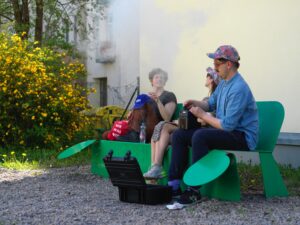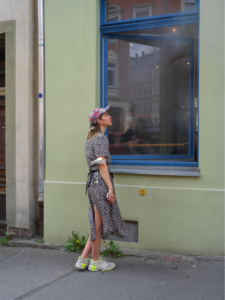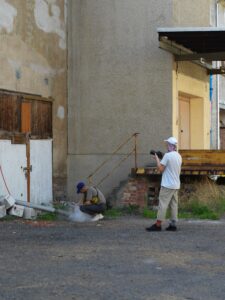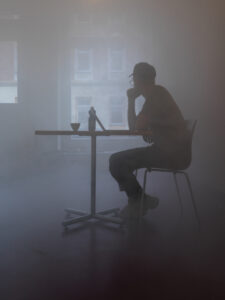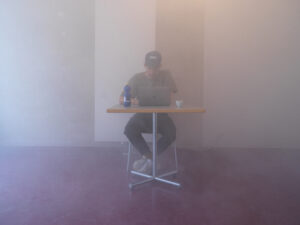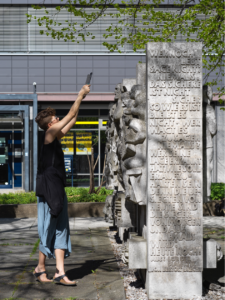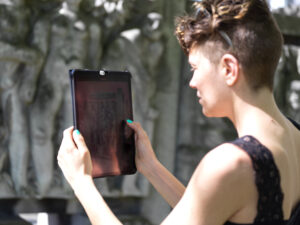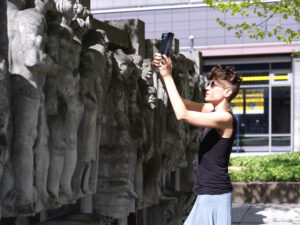Unser Bild von Virtualität und Digitalität ist trotz ihrer Omnipräsenz im Alltag stark geprägt von Science Fiction Szenarios. Es liegt an uns zu entscheiden welche ethischen und moralischen Werte wir in Bezug auf die Herausforderungen im digitalen Zeitalter setzen wollen, um damit die Zukunft der Beziehung zwischen Mensch und Maschine und deren hybride Formen zu definieren.
Mit den Dialogfeldern eröffnen wir einen öffentlichen künstlerischen Diskursraum für diese Fragen. Zum Thema Digitalität im Stadtraum laden wir in drei Etappen zeitgleich zwei Künstler:innen auf den Chemnitzer Sonnenberg ein. Sie übersetzen ihre Visionen und Phantasien zum Thema in Interventionen im Stadtraum und setzen (scheinbaren) Science Fiction Szenarios im Alltag reale Erlebnis – und Experimentierräume entgegen.
“Drag and Drop” ist die intuitivste Form der virtuellen Interaktion. Es verändert, verschiebt, arrangiert, bearbeitet, kopiert und öffnet damit neue Welten und Möglichkeiten.
Unter diesem Titel stellen wir daher die Frage in den (Stadt-)Raum, welche Art von Digitalität den öffentlichen Raum bereichert und welche es eher kritisch zu untersuchen und hinterfragen gilt. Von Augmented Reality über Holographie und Projection Mapping bis hin zu Robotik – wir bitten Künstler:innen diverser Disziplinen ihre Visionen und Versionen von digitaler Teilhabe im Stadtteil Sonnenberg zu realisieren und das Prinzip “Drag and Drop” in den analogen Raum zu übertragen.


